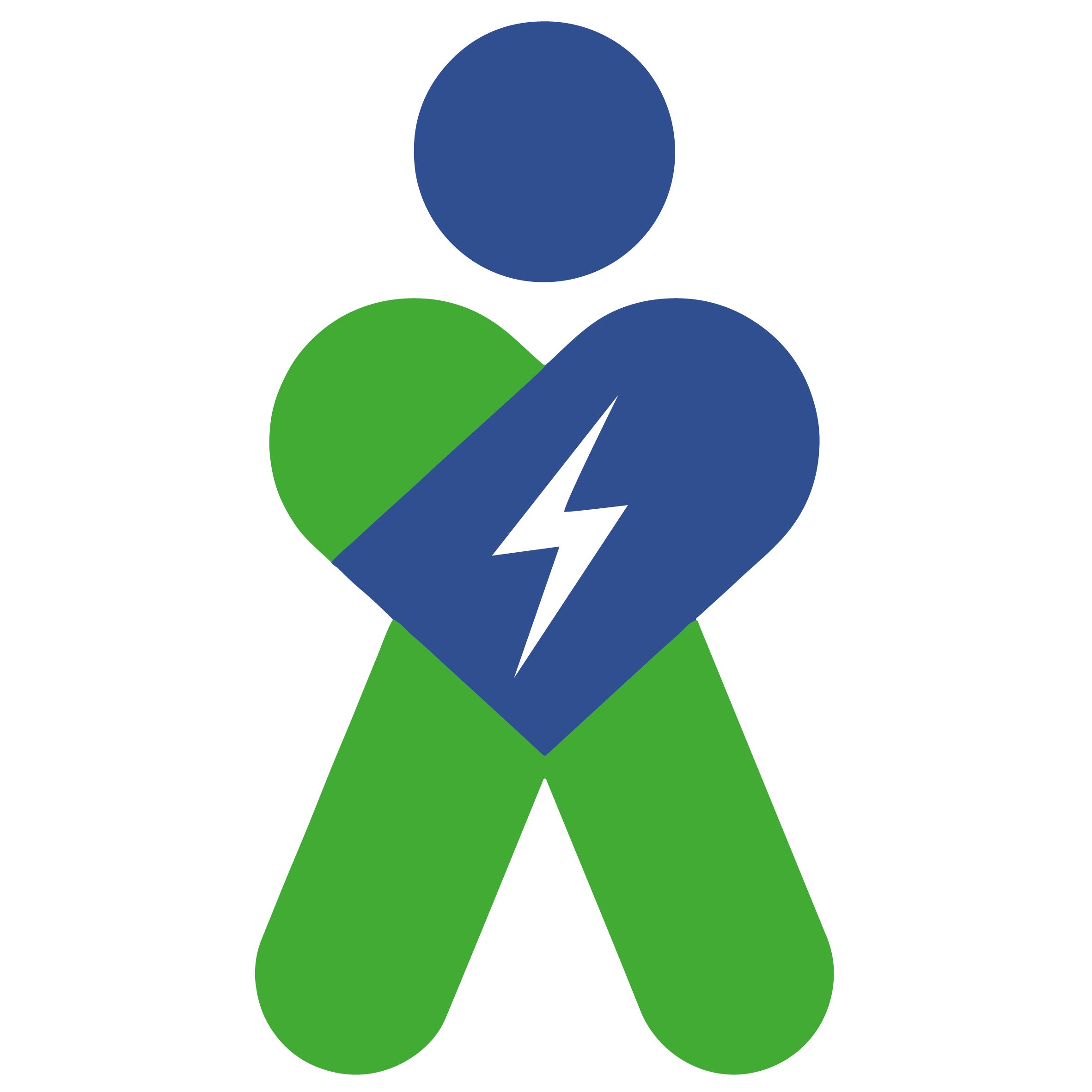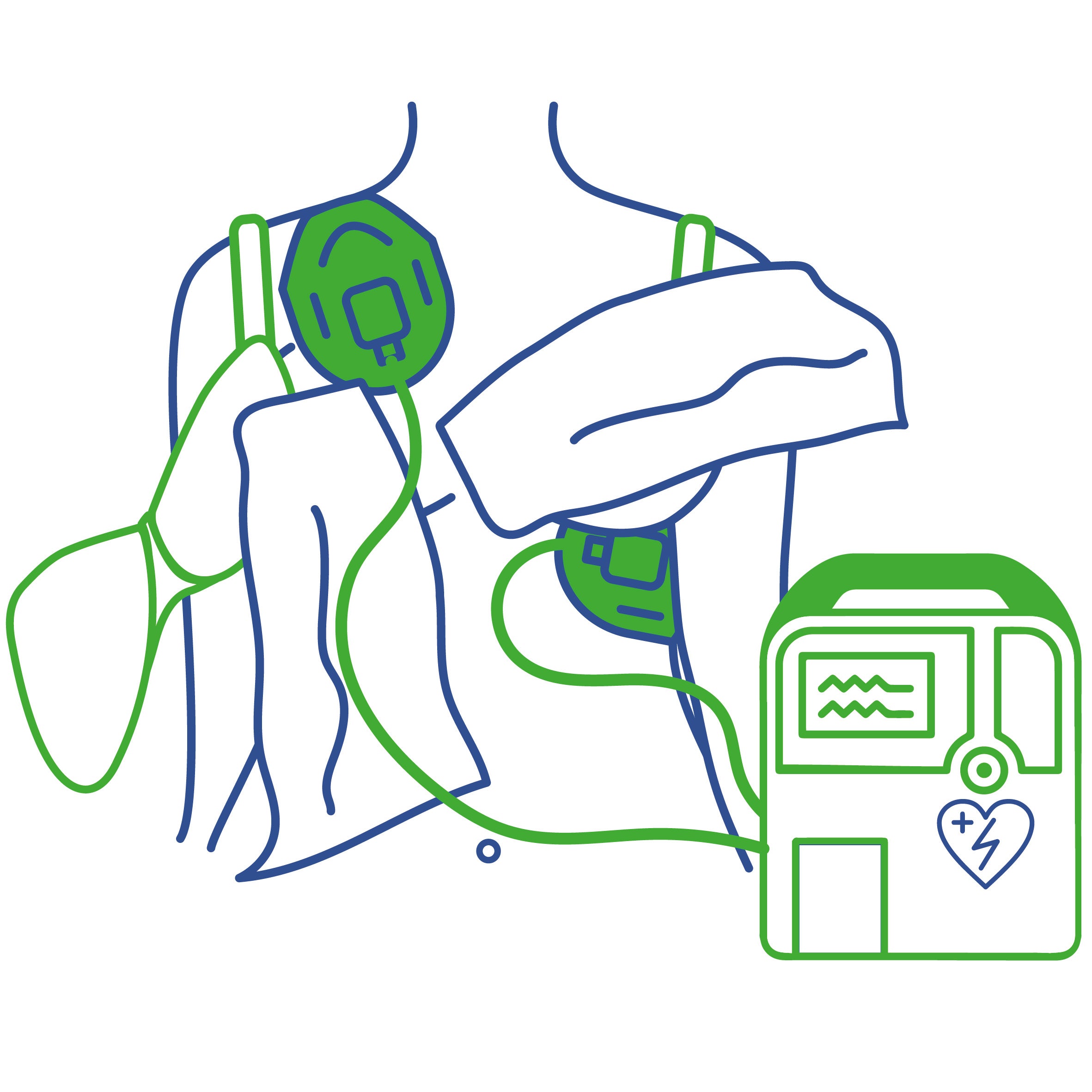As leaders in first aid training – we recognise the importance of ensuring our courses teach techniques applicable to all genders. Our trainers make sure to raise the subject and teach techniques that take into account the differences between genders – and highlight how this can impact the effectiveness of CPR and AED use.
Studies show that bystanders are less likely to perform CPR on women than men. Experts say that this is often because of the anatomical differences between the genders, and because many assume that CPR should be performed differently on women (which is not true).
In this article we cover the basic CPR techniques – and the steps we have made to ensure those who attend our courses are confident in applying techniques on anyone, of any gender.
What is CPR?
Cardiopulmonary Resuscitation (CPR) is a lifesaving technique that is administered when a person is in cardiac arrest, to keep them alive.
If you’re witnessing a cardiac arrest – you should always call 999 immediately and start CPR. They will provide instructions whilst you wait for help.

What are the basic CPR steps?
If you suspect an adult is in cardiac arrest – you should:
- Check for a response – ask the person if they are okay and shake the person to try to get a response
- Call 999 if the person is unconscious and not breathing (or not breathing normally) and start CPR
Performing CPR is initiating chest compressions and rescue breaths:
- 30 chest compressions and then 2 rescue breaths (repeated)
- Each compression should be 5 – 6 cm deep
- You should be aiming to provide 100 – 120 check compressions per minute
What is an AED?
An AED (Automated External Defibrillator) is designed to analyse the hearth rhythm and deliver shocks if necessary to restore a normal heartbeat – when someone is in cardiac arrest.
Are techniques different when delivering CPR to a woman?
The need and basic techniques for CPR if a person is in cardiac arrest is no different between men and women – but there are some additional considerations.
Efficient CPR techniques rely on proper hand placement and compression depth. However, the traditional use of flat-chested training manikins doesn't address the diversity of human body types.
When performing CPR on a person with breasts – it can make positioning your hands correctly more challenging. It is essential you position hands correctly when delivering compressions. Hands should be placed on the lower half of the sternum. Being mindful of breast tissue and adjusting hands is important to deliver proper chest compressions. This must always be discussed in first aid training.
Inclusivity in CPR training is not just a matter of technique but a crucial step towards saving more lives.
Are techniques different when using an AED on a woman?
If you find yourself needing to use an AED on a patient and there is any suspicion of the patient wearing a bra that is underwired, you should:
- Cut off the bra
- Place the AED pads, on a patient with breasts you may need to lift the breasts to place the pads correctly – as shown below
- Cover with cloth or clothing once the bra has been cut off or removed and the pads applied, thus restoring some dignity to the patient.
- Once in place the AED will be able to carry out its checks and functions. Follow the automated instructions.
- Provide CPR as per your local protocols and the automated AED instructions.

The Importance of First Aid Training
First aid training is a crucial skill that empowers individuals to provide immediate assistance in emergency situations. Recognising the importance of gender differences in first aid actions is essential for optimizing care. By understanding the subtleties involved, we can enhance our emergency response and help create a safer environment for everyone.
At MRS Training & Rescue, we offer comprehensive first aid training programmes, including emergency first aid training and first aid training for industry. Equip yourself with the knowledge and skills to save lives by enrolling in our first aid courses today.
Remember, the ability to provide effective first aid can make all the difference when every second counts.




